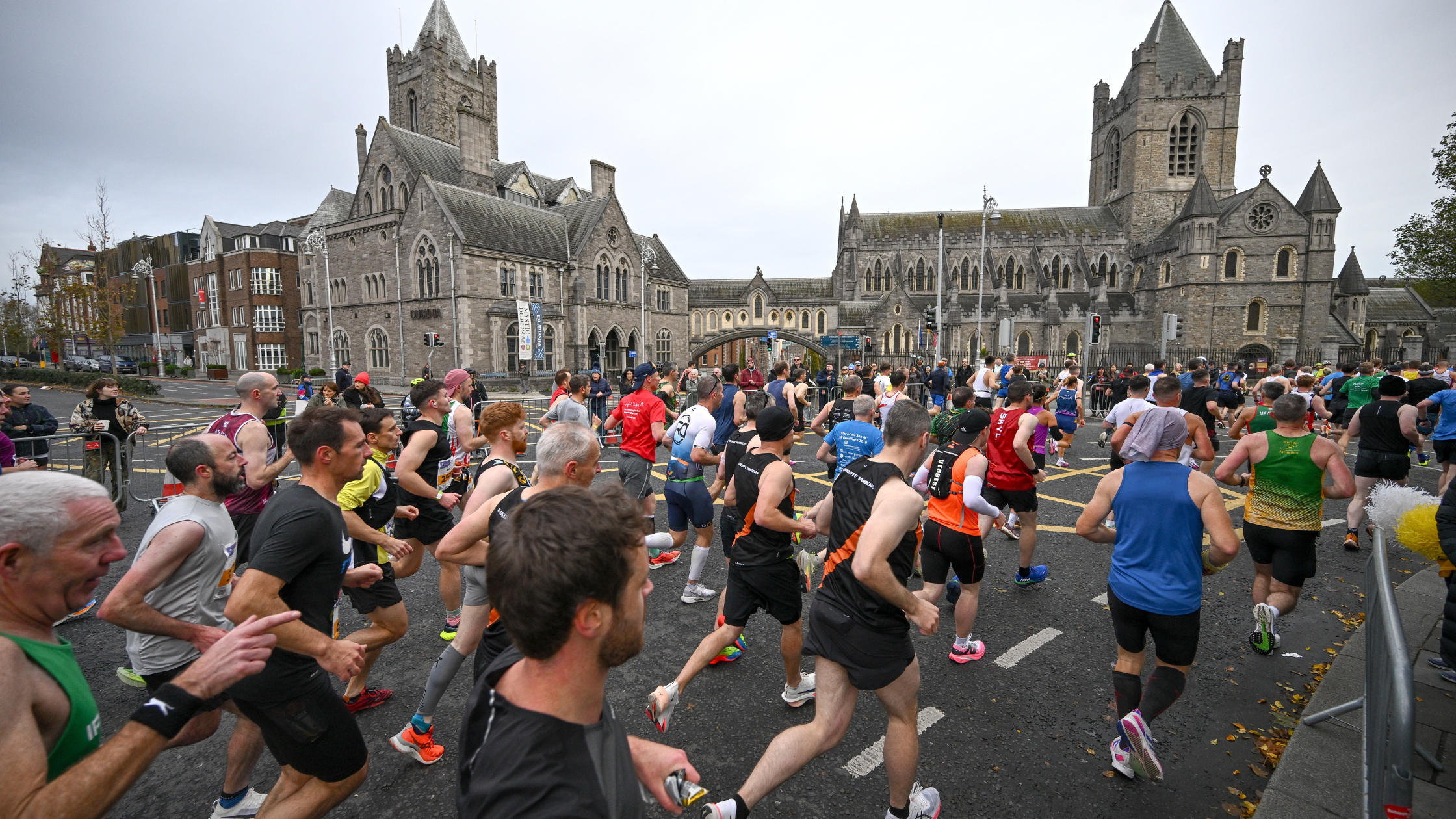If you’ve joined challenge and are following one of our structured training plans then you might need a helping hand with some of the terms used in the plans. Here’s your guide to getting the most out of your training schedules.
Training pace guide
The guides frequently refer to different intensities of a session, using terms such as ‘easy’, ‘comfortable’, ‘steady’ etc. Use the pace guide below to monitor the intensity of your training throughout each stage of your training guide:
| Type of training run |
Intensity index 1=incredibly easy 10= incredibly hard |
Description |
| Super slow |
2 |
Really, really, slow; so easy it hardly seems worth putting your gear on. |
| Easy or Easy jog |
3 |
No pressure, just loosening up or a recovery run. |
| Jog |
4 |
Still an easy pace but a little faster than an easy jog. |
| Comfortable |
5 |
You can talk easily to your training partner and keep the pace going. |
| Steady |
6 |
Even paced run, can chat in short sentences. |
| Brisk |
7 |
Slightly breathless pace, not easy to hold a conversation with your training partner. |
| Hard |
8+ |
You certainly know you’re working, conversation is definitely out! |
Other key exercise terms
The following terms may also be referred to in your training plan:
Warm Up
The warm up raises the heart rate, gets blood flowing to the working muscles and prepares the body for exercise. It should be for a minimum of five minutes and replicate the movements or activities of the main session. For example: when beginning a run, five minutes very easy jogging will prime the body for the main training session.
Mobility
Some basic actions to put the limbs through the range of movement that the main session requires will ensure that the joints are loosened up, lubricated and will function more efficiently.
Rest
Rest is an important component of any training plan as it is during this time that the body is able to adapt to training. Inadequate rest can result in excessive fatigue, loss of motivation and at worst, injury.
Main session
This will form the bulk of the training session and is the primary focus of your training. For example: a brisk 30-minute run.
Cool down
The cool down should be at a lower intensity than the main session and should bring the body temperature and heart rate closer to pre-exercise levels. Waste by-products of exercise will be flushed from the muscles and tissues, accelerating recovery before the next training session. For example: the cool-down should be a minimum of five to 10 minutes light exercise. Jogging or walking is ideal.
Flexibility
Stretching exercises should be carried out after the main session and cool-down as the body is in a greater state of relaxation than at the beginning of the session. The key is to ensure that the muscles that have been utilised during your workout are stretched at the end of the training session. For example: at the end of a run and cool down, spend a few minutes stretching the hamstrings, quadriceps, calves and adductors.
Fartlek
A running programme will frequently refer to the term ‘fartlek’. Fartlek is a Swedish word that means speed-play. A fartlek session is an unstructured, quality training session, where instead of running at a uniform pace, you vary the pace throughout the run, depending on how you feel. The key thing with a fartlek session is that you simply run as you feel, backing off when you start to tire, speeding up if and when you want to and for as long as you like.
Cross-training
Cross-training is the name given to other forms of training that complements your training. Cross-training can be extremely beneficial because it allows your body to recover from your primary exercise whilst still providing training benefits. By occasionally adding different activities to your programme, you keep fresh and significantly reduce any injury risk. For example: the day after a long endurance training run, a light swimming session or bike ride will still provide cardiovascular benefits but without the same loading on muscles that have been fatigued from running.
Strength and conditioning or resistance training Strength and conditioning or resistance training is extremely beneficial to complement your primary activity; strengthening all around the body and correcting any muscle imbalances. The range of resistance training exercises for training specific muscles is immense, and can enhance your performance through improved posture and all-round strength.
Some useful triathlon terms:
Over gear
The practice of riding in a hard gear at around 1 pedal revolution a second. The goals is to build strength quickly and you should aim to ride around race power when you are doing over gearing or OG.
Under gear
Is where you pedal is a very light gear with high leg revolutions (rpm). It’s perfect for practicing your pedaling technique and for recovery and you should aim for around 90-100 rpm.
Pull
You’ll often see a pull buoy at the swimming pool. You use it between your legs to keep your hips higher in the water and focus more energy on the arms. Most swimmers will also have paddles so whenever you see a pull set in the session then use your paddles if you have them as well.
Build to max
Means you should start the session or activity easy and gradually build up your speed till you’re sprinting!
Broken 200s
This is a set distance broken up into various chunks with a very short rest so you have just about enough rest to swim fast. If you added together all your times then it should be pretty much equal to your 200 metre best time. After every 100 metres you get 10 seconds rest, after every 50 metres you get 5 seconds rest. You have a easy swim between each set so you can recover accordingly.















